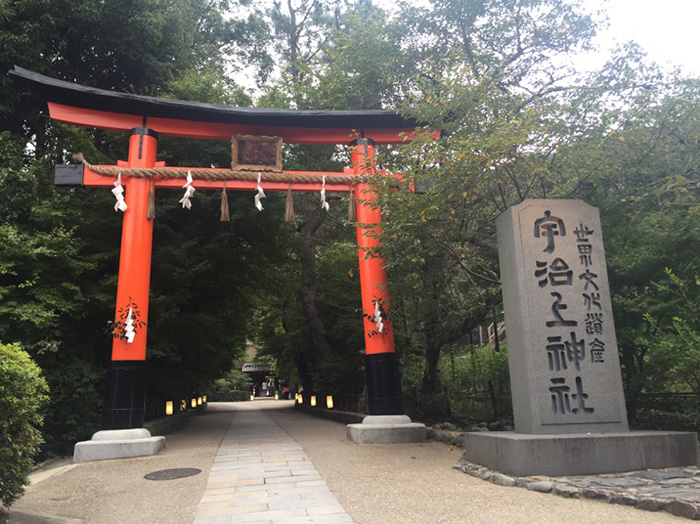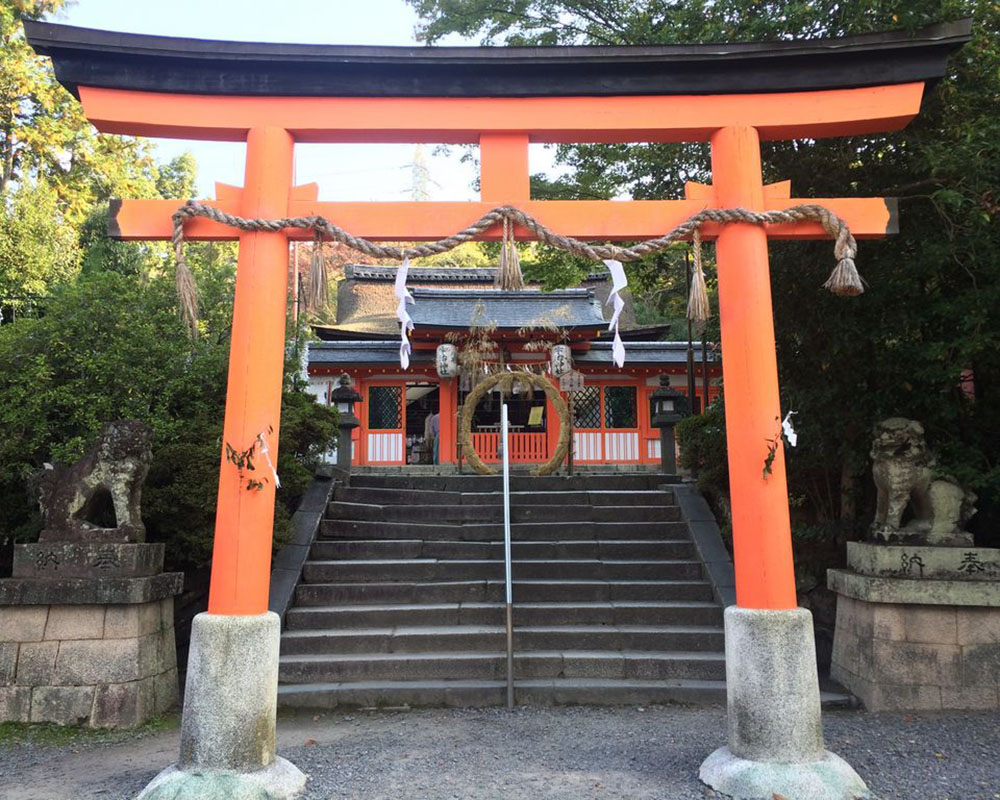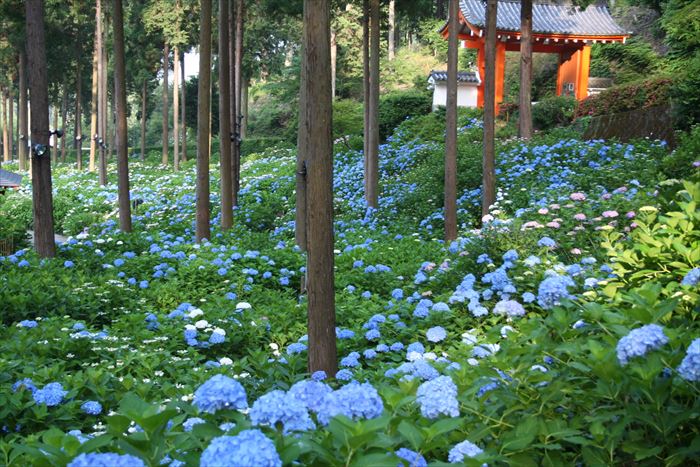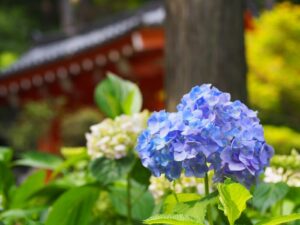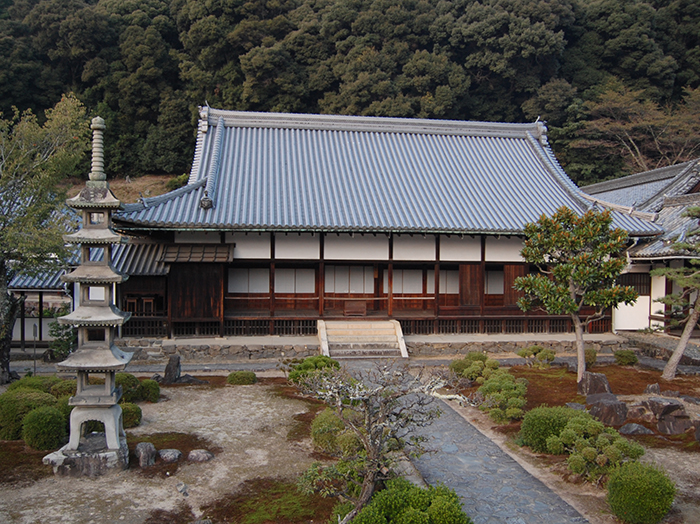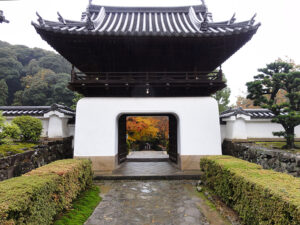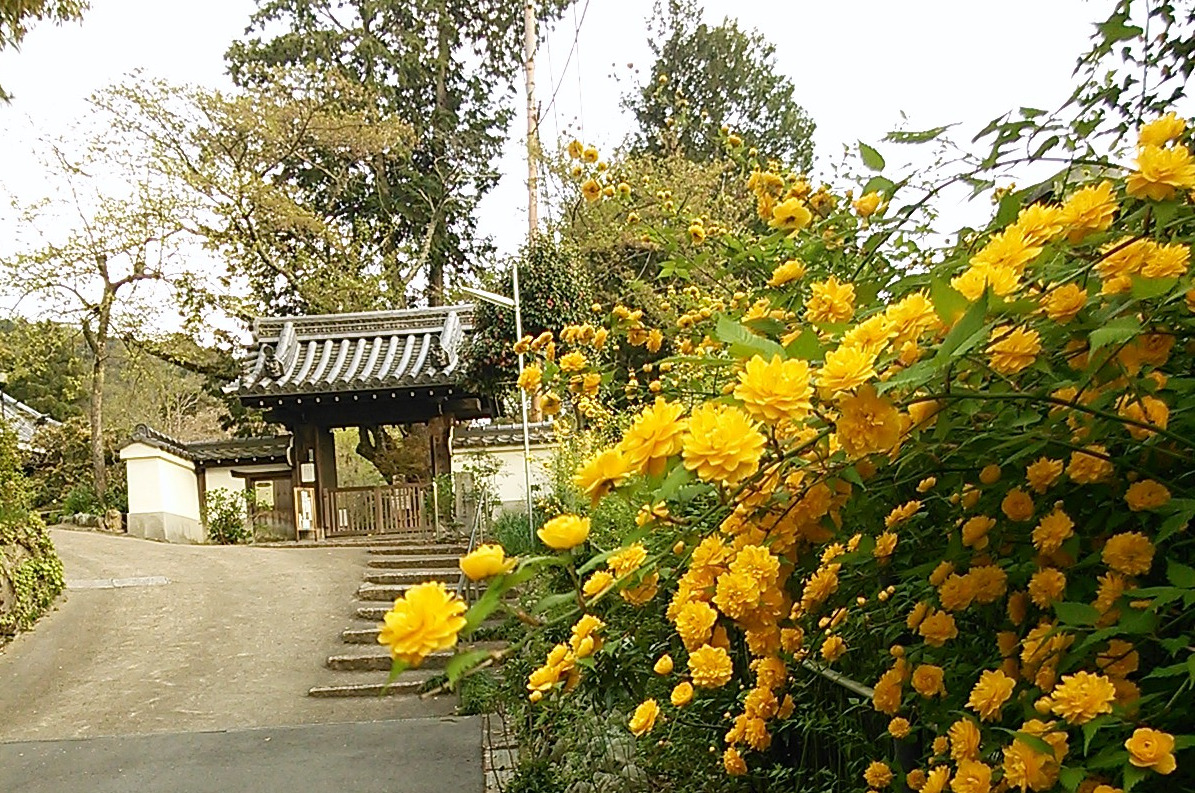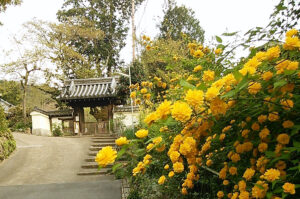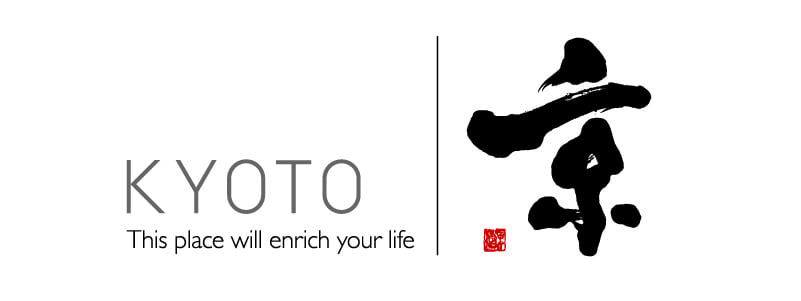Byodo-in Temple
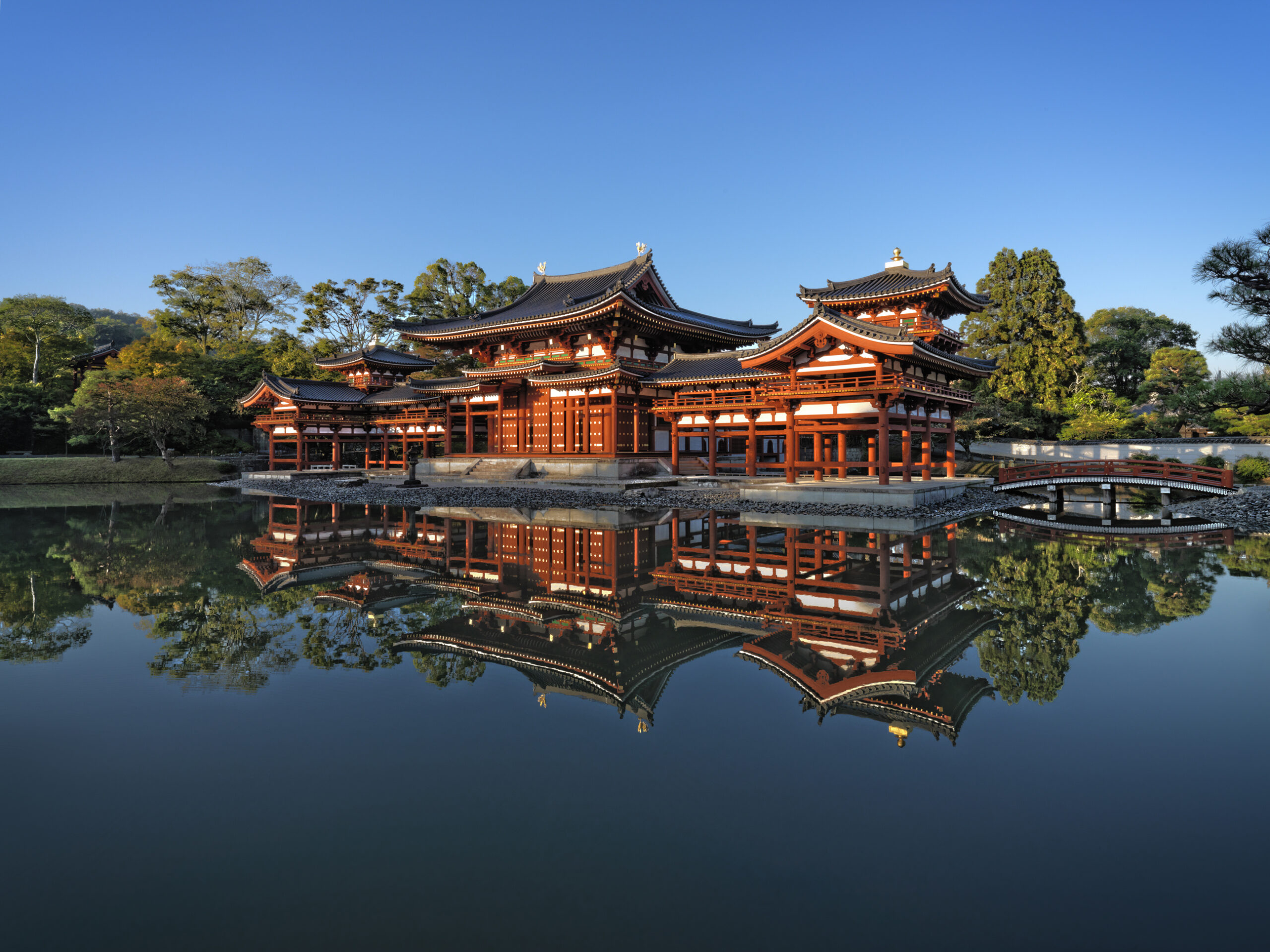
Byodo-in Temple, located in Uji, Kyoto, is a serene and peaceful place that offers a glimpse into the spiritual side of Japan. The temple, designated as a UNESCO World Heritage Site, was originally built in 1052. You’ll want to visit its stunning Phoenix Hall, which you can see on the ten yen coin. So what are you waiting for? Take a moment to admire the intricate architecture of Byodo-in Temple and escape the hustle and bustle of daily life.
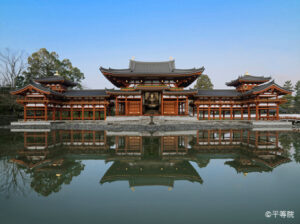
Byodo-in Temple
Byodo-in Temple, which shows the historical glory of the Fujiwara clan, was once a villa on the west bank of the Uji-gawa River. It belonged to Minamoto no Toru but was given to Fujiwara no Michinaga. …
